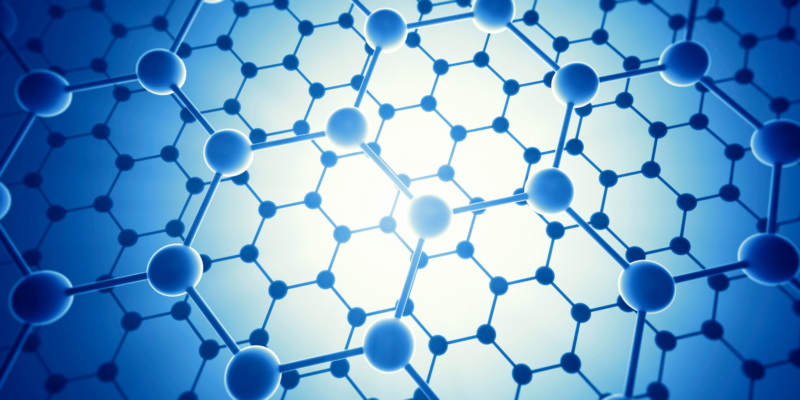If you follow our blog, you know we love green materials that make construction more sustainable. That’s why we’re excited to see graphene now entering foreign markets. We can’t wait to see how this incredible component will be used to make our buildings more sustainable, in 2023 and beyond.
What is it?
Graphene is a “one-atom-thick layer of carbon atoms arranged in a hexagonal lattice.” Andréy Gueim and Konstantín Novosiólov won the Nobel Prize in Physics for its creation in 2010. It might sound familiar because it is the base of graphite (used in pencil lead), but its many properties are being explored as a new wonder material across a wide variety of industries. Possible applications include computer chips, batteries, transistors, water filters, touch screens, and even DNA sequencing.
How is it being used in construction?
Although graphene is still in the research stage in the US, the results have been promising for its many uses throughout the construction industry. It’s the world’s thinnest material, yet it’s incredibly durable. It has antibacterial properties, a low freezing point, is twice as strong as steel, has light absorbing qualities, and is highly conductive.
These features make it perfect for creating graphene-infused composites, which would be a green alternative for concrete, one of the least sustainable yet most commonly used building materials.
Some of these specific properties would make graphene an excellent choice for specific types of buildings. Its antibacterial qualities are making waves in the hospital industry, its conductive qualities are sparking the interest of smart city engineers, and its unique mix of flexibility and durability makes it well-suited for buildings that experience extreme winds and temperatures.
Graphene also has potential applications in tunnel construction, dykes, bridges, harbors, industrial plants, and sea construction, where exposure to the elements and/or chemicals regularly breaks down concrete.
How will it be used?
Instead of sheets or blocks, the easiest and most effective way to use graphene currently is as a liquid-based additive. This additive is combined with current cement or concrete mixtures, acting as a filter that absorbs chemicals, refines the pore structure of the concrete, and makes it more durable.
When will we see it on the market?
While additives are available in some countries, researchers are still testing and developing it for the U.S. While we may have to wait a little longer, current research is very promising and exciting. Soon graphene may be used in self-healing, self-cleaning, self-adjusting, self-shaping, self-curing, and self-sensing building materials. We are looking forward to its arrival, and the many ways it will make the industry more sustainable!

